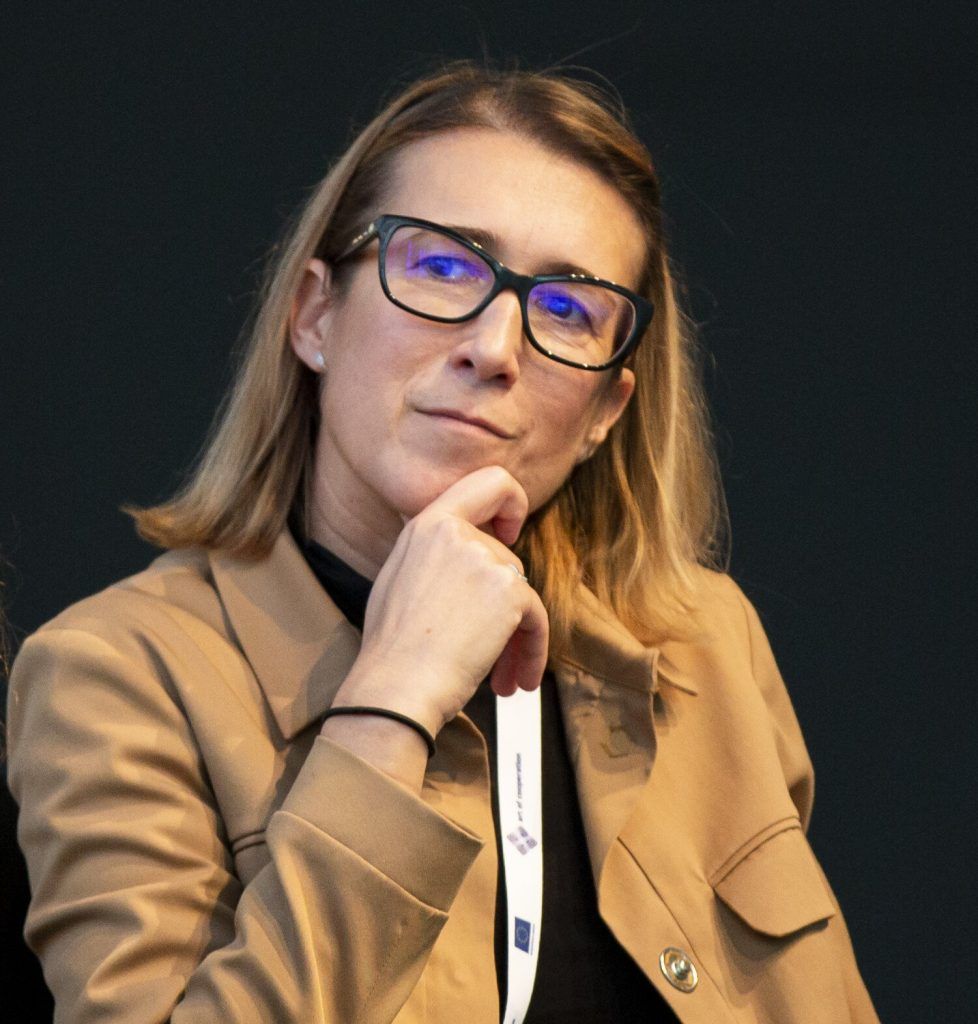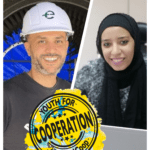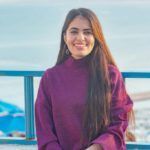Voices from the field
Nikoletta Horváth
We learnt how well we can handle obstacles when joining forces
We continue our series of articles looking at what ENI CBC programmes have achieved, and which legacy will be inherited from them. Our second stop is with the Hungary-Slovakia-Romania-Ukraine ENI CBC programme.
THE LEGACY OF ENI CBC
How are you approaching the final stages of project and programme implementation under ENI CBC?
We are in the home stretch, as the implementation of projects must be finalised by 31 December: we have 33 projects completed and 23 closed financially so far. However, the programme includes 4 countries, all projects must involve beneficiaries from Ukraine, so the current situation brings difficulties, we must handle each solution on a case-by-case basis.
In this period, you have faced many implementation obstacles, the pandemic, the Russian aggression on Ukraine…
I believe the institutional system did everything possible to overcome them: we introduced flexibility in extending the project deadlines or in the final reporting, we changed the applicable exchange rate method for the Ukrainian beneficiaries, we provided additional funding for running projects and humanitarian support to Ukraine.
And you have a very busy time ahead of you.
The beginning of next year will be very demanding, since the reporting will be in the focus to verify all expenditures incurred and paid. In parallel, will run the evaluation of the new applications deriving from the first Interreg NEXT call. It’s a lot. To support the programme structure, the Managing Authority and the Joint Technical Secretariat have elaborated a closure plan, pre-discussed with audit authority, with the aim to have a unified time schedule for all involved actors.
What is the legacy of ENI CBC that you treasure most for your journey as Interreg NEXT?
The incontestable merit of ENI CBC is the positive effect on trust, cooperation spirit and mutual understanding among partner countries, e.g. Ukraine could gain valuable knowledge and experience in EU politics and programme / project management, which also contributes to the accession process. I have no doubt that the projects we finance will also have a positive impact on the border region, and I truly believe that the impact assessment which will be carried out soon, will also confirm it. As for our quadrilateral programme, I would say that we really have a good collaboration with colleagues from the National Authorities and we learnt how well we can handle obstacles when joining forces.
Which are the fields of intervention that better characterise your Interreg NEXT programme?
Based on the geographical conditions, actions related to natural environment and values are characteristic of our programme. Tourism and cultural heritage are clearly a take-off point in all four countries, but due to the situation in Ukraine, we have published the first call for proposals without tourism. However, we open a pilot initiative with cultural heritage to see the stakeholder needs and reactions: they will have the opportunity to implement strong projects in the tourism sector, in the next call. Because of an additional fund of 17 M€ granted by the Commission, the monitoring committee members approved a modified set of interventions in health development and border management, which was a timely and valid decision.
Which are your expectations concerning the first call for proposals under Interreg NEXT?
Our first call was published in September, covering all planned policy objectives without tourism aspect, and with a total EU contribution of 49,9 M€, which is 2/3 of the EU contribution available in the programme. We are expecting proposals until the 20 December, while those with an infrastructural component have time until 14 March 2024. The participants at the nine Info Days were over 450, and we registered 170 people at the partner search forum: based on these numbers, I think the submitted applications will be close to the average of previous calls. I am looking forward to seeing the thematic distribution of the applications vis-á-vis the new distribution of available funds per thematic objective, which we worked out three months ago.
In this overall context, how do you assess the role that the programme plays in supporting the needs of the Ukrainian population?
I am confident that our programme, similarly to others, can support and respond to the needs of the Ukrainian population in tangible ways through the priorities selected, which means a cooperation aiming at the safety, health care, human relations, of all people living in the programme area. In addition – thanks to the savings of our budget – we could initiate and contract two humanitarian aid projects to help Ukrainians in trouble. We will support traumatized children and youth entering higher education, we will distribute food aid packages, and provide other in-kind, common humanitarian assistance to war-torn communities and families.




















